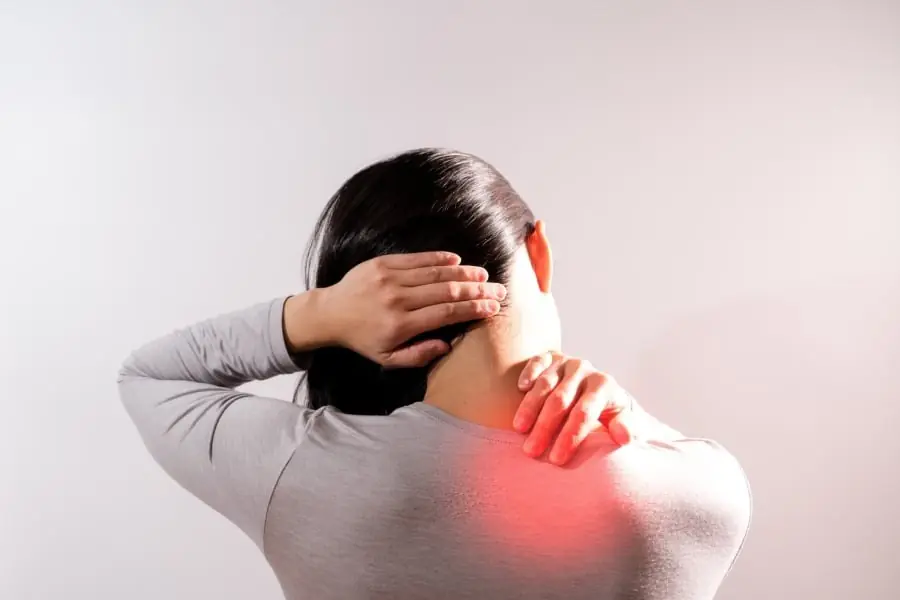
White Bumps or Spots on Lips: Causes and Effective Treatments
White Bumps or Spots on Lips: Causes and Effective Treatments
It’s common to feel worried when you notice white bumps or spots on your lips, wondering if they could signal something serious. In most cases, these bumps are harmless and temporary—but occasionally, they may indicate an underlying condition that needs medical attention.
Some of the most frequent causes include Fordyce spots, canker sores, milia, acne pimples, or even cold sores from the herpes virus. Understanding what causes these white dots and how to treat them safely can help you restore comfort and confidence quickly.

Overview
White bumps or spots can develop on the upper or lower lip, or both. Their appearance varies—some may look like tiny, painless granules visible only when you stretch your lips, while others may resemble white ulcers at the corners of the mouth that sting when you eat or talk.
Besides cosmetic concerns, these lip bumps can cause pain, discomfort, and irritation, especially when eating or opening your mouth. Fortunately, most causes are easily treatable with natural remedies or over-the-counter care.
In this guide, you’ll learn the most common causes of white bumps or spots on lips, how to identify them, and effective natural treatments you can use at home.
1. Canker Sores
One of the most frequent reasons for a white bump inside the lip is a canker sore (aphthous ulcer). These sores start as small white or yellowish spots with a red, inflamed border. They may occur singly or in clusters and can be painful, especially when talking or eating.
Although the exact cause isn’t fully understood, the Mayo Clinic identifies several possible triggers:
-
Emotional stress
-
Mouth injury or irritation (like biting your lip)
-
Food sensitivities (e.g., citrus, acidic fruits, or spicy foods)
-
Nutritional deficiencies (vitamin B12, zinc, iron, folate)
-
Certain bacterial infections such as Helicobacter pylori
Natural Treatments
-
Witch Hazel & Clove Oil Rinse:
Mix 1 teaspoon of witch hazel with 1 cup of warm water and add 1–2 drops of clove oil. Swish in your mouth for 1–2 minutes, 2–3 times a day. The witch hazel’s astringent and antiseptic properties help reduce inflammation and pain. -
Baking Soda Paste:
Combine 1 tablespoon each of salt and baking soda with 4 oz of water to make a thick paste. Apply directly to the sore to neutralize acids, reduce pain, and speed healing. -
Used Tea Bags:
Apply a cool, used tea bag (black or green tea) directly to the sore. The tannins have natural astringent effects that calm irritation and promote healing.
2. Cold Sores (Fever Blisters) – HSV-1 Virus
Cold sores are another common cause of white or clear bumps around the lips. They usually begin with tingling, burning, or itching before small blisters appear. These clusters of blisters are caused by the herpes simplex virus (HSV-1) and are highly contagious.
After the blisters burst, a crust forms over the sore, which typically heals within 7–14 days.
Common Triggers
According to the University of Michigan, flare-ups can be triggered by:
-
Emotional or physical stress
-
Sun exposure
-
Fatigue or illness
-
Hormonal changes (e.g., menstruation)
-
Fever or other infections
Natural Treatments
-
Raw Honey: Natural antiviral and healing properties can speed up recovery.
-
Tea Tree Oil: Mix 1 drop with 1 teaspoon of coconut oil and dab gently on the sore.
-
L-Lysine: Taking lysine supplements or using a lysine lip balm may help prevent recurrence.
-
Vitamin C & Zinc: Support immune function and skin repair.
3. Fordyce Spots
Fordyce spots are small, raised white or yellowish dots visible beneath the skin of the lips. These are simply sebaceous glands (oil glands) that appear more prominent in some people.
They’re completely harmless and non-contagious and typically don’t require treatment. Some people find them more noticeable when stretching their lips.
Treatment Options
-
No treatment necessary. Dermatologists generally advise leaving them alone.
-
In cosmetic cases, laser therapy or micro-punch surgery can minimize their appearance.
-
Avoid squeezing or picking the spots—it can cause irritation or scarring.
4. Acne or Lip Pimples
White bumps around the lip edges might simply be pimples or acne papules. These form when pores become clogged with oil, bacteria, or dead skin cells.
Treatment
-
Tea Tree Oil Spot Treatment:
Dab a small amount of diluted tea tree oil directly on the bump 2–3 times daily. Its antibacterial and anti-inflammatory properties help clear the infection. -
Aloe Vera Gel:
Natural cooling and antibacterial effects can reduce redness and swelling. -
Maintain Clean Skin:
Avoid oily lip balms or heavy cosmetics that can clog pores around the mouth.
5. Oral Thrush (Candidiasis)
If you notice white patches or bumps inside your mouth, on your lips, or tongue, it could be oral thrush—a yeast infection caused by Candida albicans.
Causes
-
Recent antibiotic use
-
Weakened immune system
-
Diabetes
-
Excess sugar or yeast in the diet
-
Hormonal changes or stress
According to WebMD, oral thrush occurs when the balance of bacteria in your mouth is disrupted, allowing yeast to grow unchecked.
Natural Treatment
-
Apple Cider Vinegar (ACV):
Mix equal parts raw, unfiltered ACV and water. Soak a cotton pad and apply to the affected area for 10–15 minutes, then rinse. Studies show ACV has strong antifungal properties that inhibit Candida growth. -
Good Oral Hygiene:
Brush your teeth twice daily, rinse after meals, and replace toothbrushes often to prevent reinfection.
6. Milia Spots
Tiny white bumps near the lips may also be milia—small cysts that form when keratin (a skin protein) becomes trapped beneath the skin’s surface.
They’re painless, firm, and not contagious.
Treatment
-
Usually, no treatment is required—they tend to disappear on their own.
-
Exfoliating gently with a mild scrub may help the cysts clear faster.
-
Avoid heavy creams or petroleum-based lip products that block pores.
7. Lip or Oral Cancer (Rare but Serious)
While rare, a hard white bump or sore on the lip that doesn’t heal could be a sign of oral cancer.
According to the National Cancer Institute, symptoms may include:
-
Persistent white or red patches on the lips, gums, or inside the mouth
-
A lump or thickened area
-
Chronic soreness or pain
-
Difficulty swallowing or moving the jaw
When to See a Doctor
If a white bump or sore doesn’t heal within 2–3 weeks, or if it becomes hard, painful, or ulcerated, see a healthcare provider immediately. Early detection is crucial for effective treatment.
Prevention Tips for White Bumps on Lips
-
Maintain good oral hygiene
-
Eat a nutrient-rich diet high in vitamins B12, C, and zinc
-
Stay hydrated and avoid excessive lip licking
-
Limit spicy, salty, or acidic foods if prone to sores
-
Manage stress and get adequate rest
-
Avoid sharing lip balms, utensils, or towels
Key Takeaway
Most white bumps or spots on the lips are benign and easily treated at home with natural remedies like tea tree oil, apple cider vinegar, or baking soda. However, persistent, painful, or non-healing bumps should always be checked by a doctor to rule out infection or cancer.
With good hygiene, a balanced diet, and early attention to symptoms, you can keep your lips healthy, smooth, and free from irritation.
News in the same category

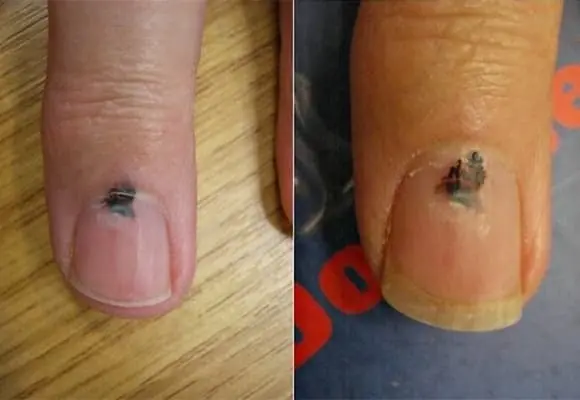
6 Body Parts That Turn Black May Signal Cancer — Don’t Ignore Them
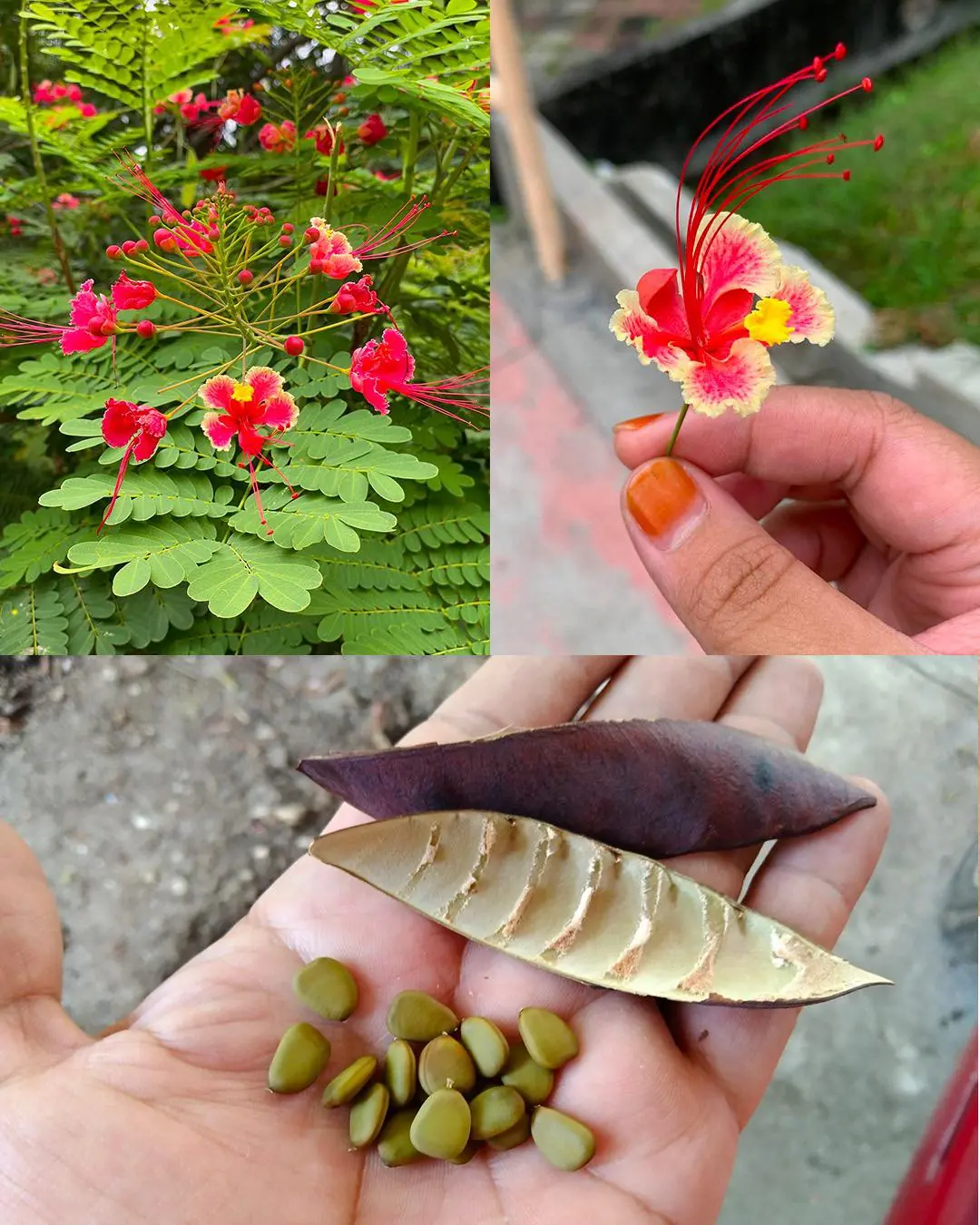
The Amazing Power of Caesalpinia pulcherrima (Peacock Flower)

Corn Silk: 30 Health Benefits and How to Use It
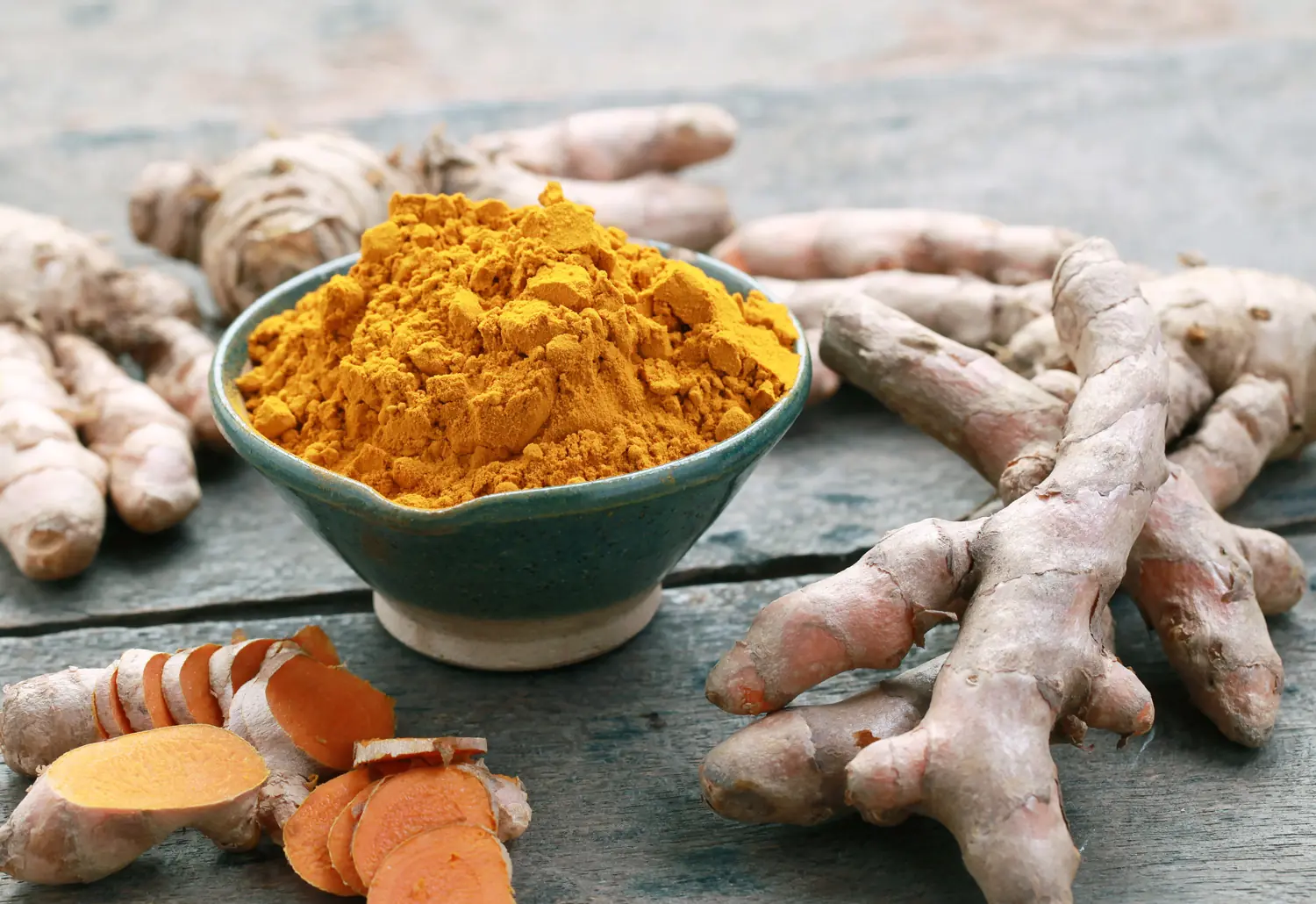
Turmeric Dosage: How Much You Actually Need for Arthritis, Cancer, and Other Diseases
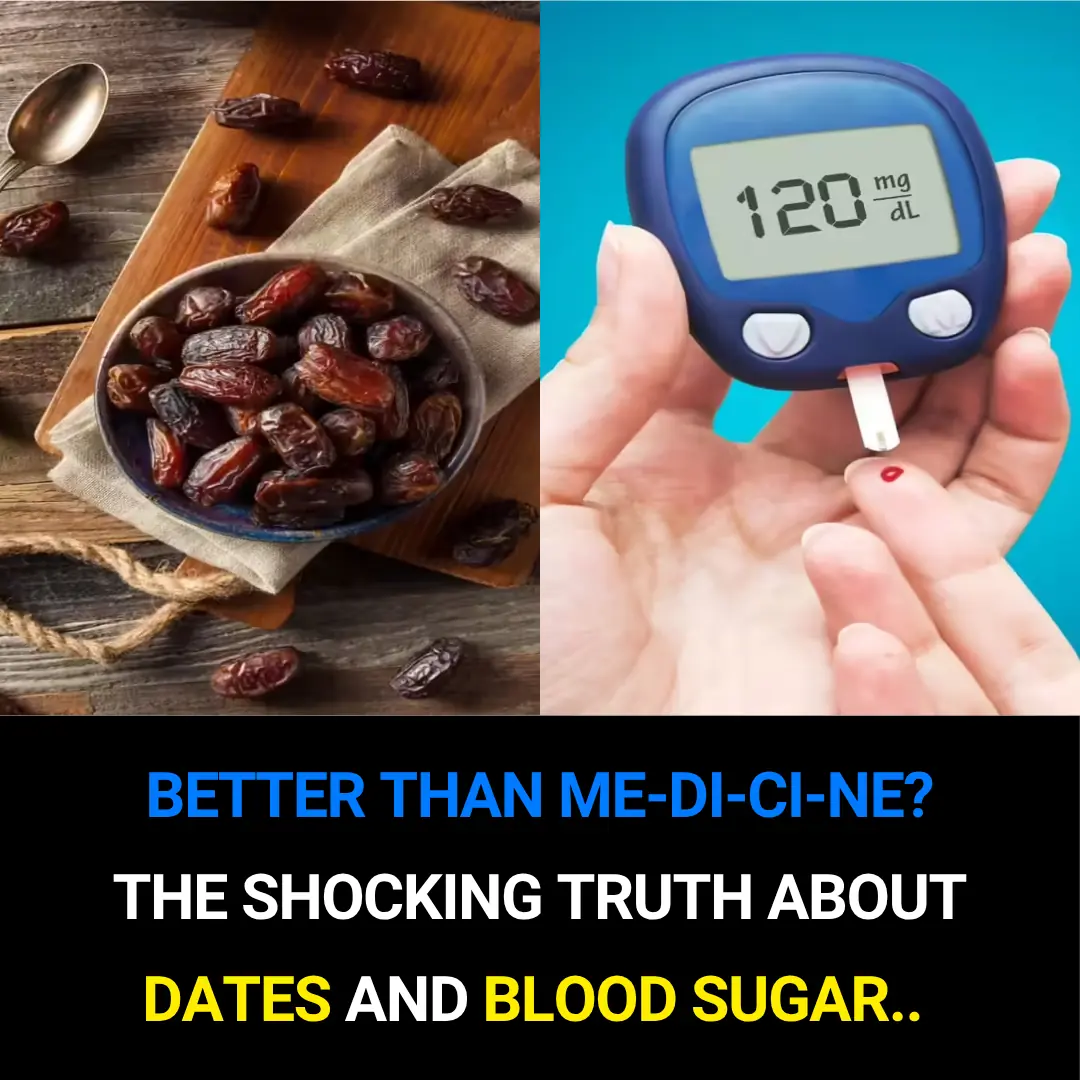
Better Than Medicine? The Shocking Truth About Dates & Blood Sugar!
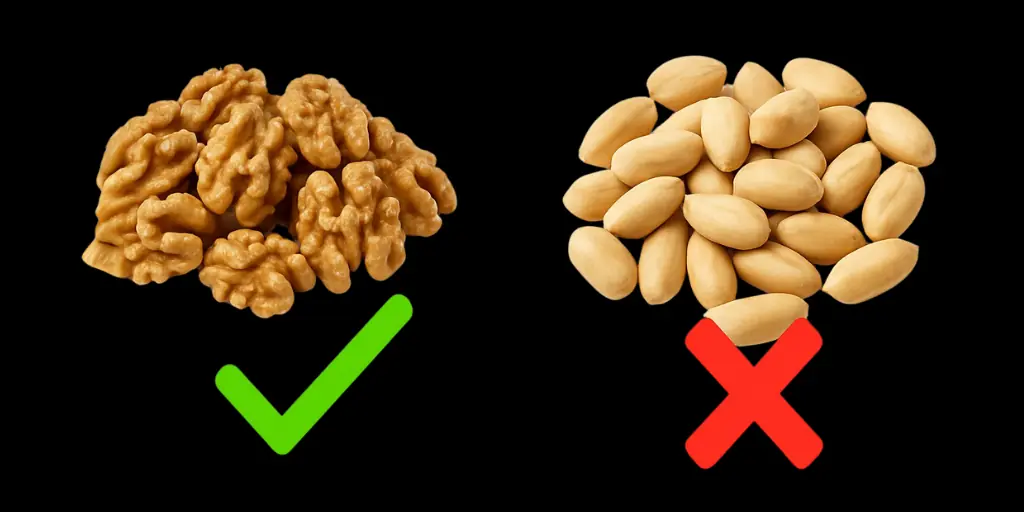
7 Nuts You Should Eat for Better Health (and the #1 Nut You Should NEVER Touch)
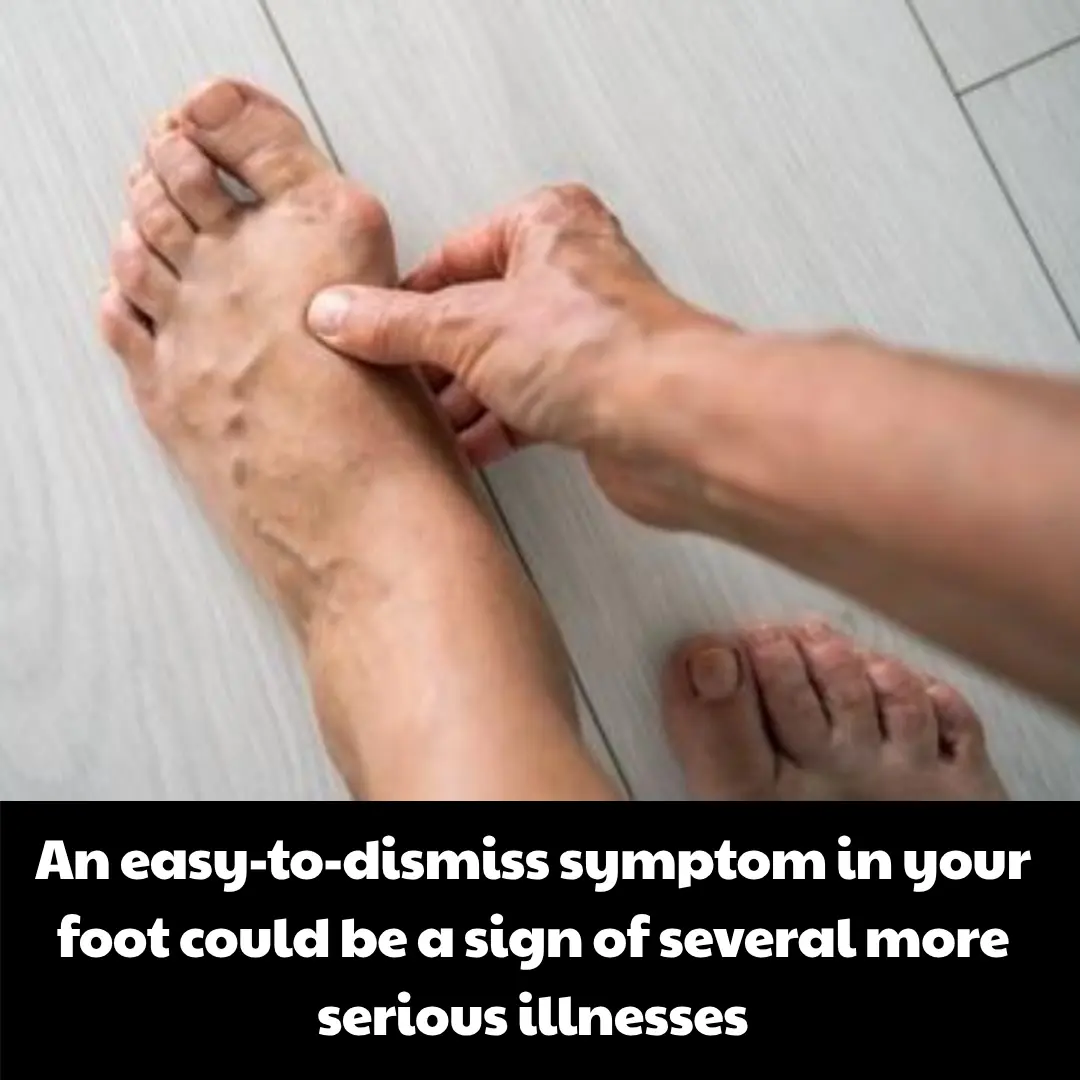
An easy-to-dismiss symptom in your foot could be a sign of several more serious illnesses

Doctor reveals 5 powerful snacks that help your body fight cancer and disease
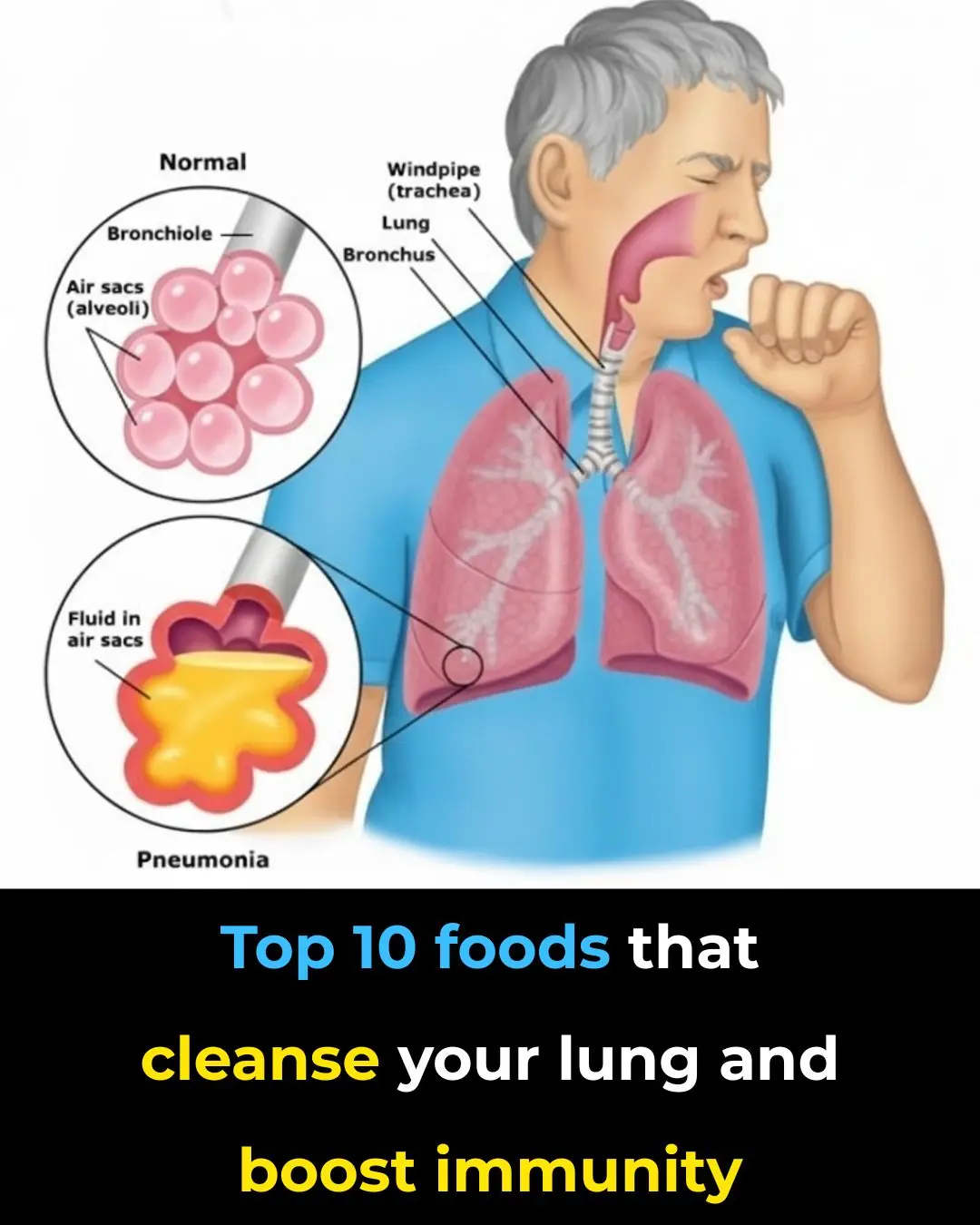
The Most Effective Foods to Cleanse your Lungs (Research Based)
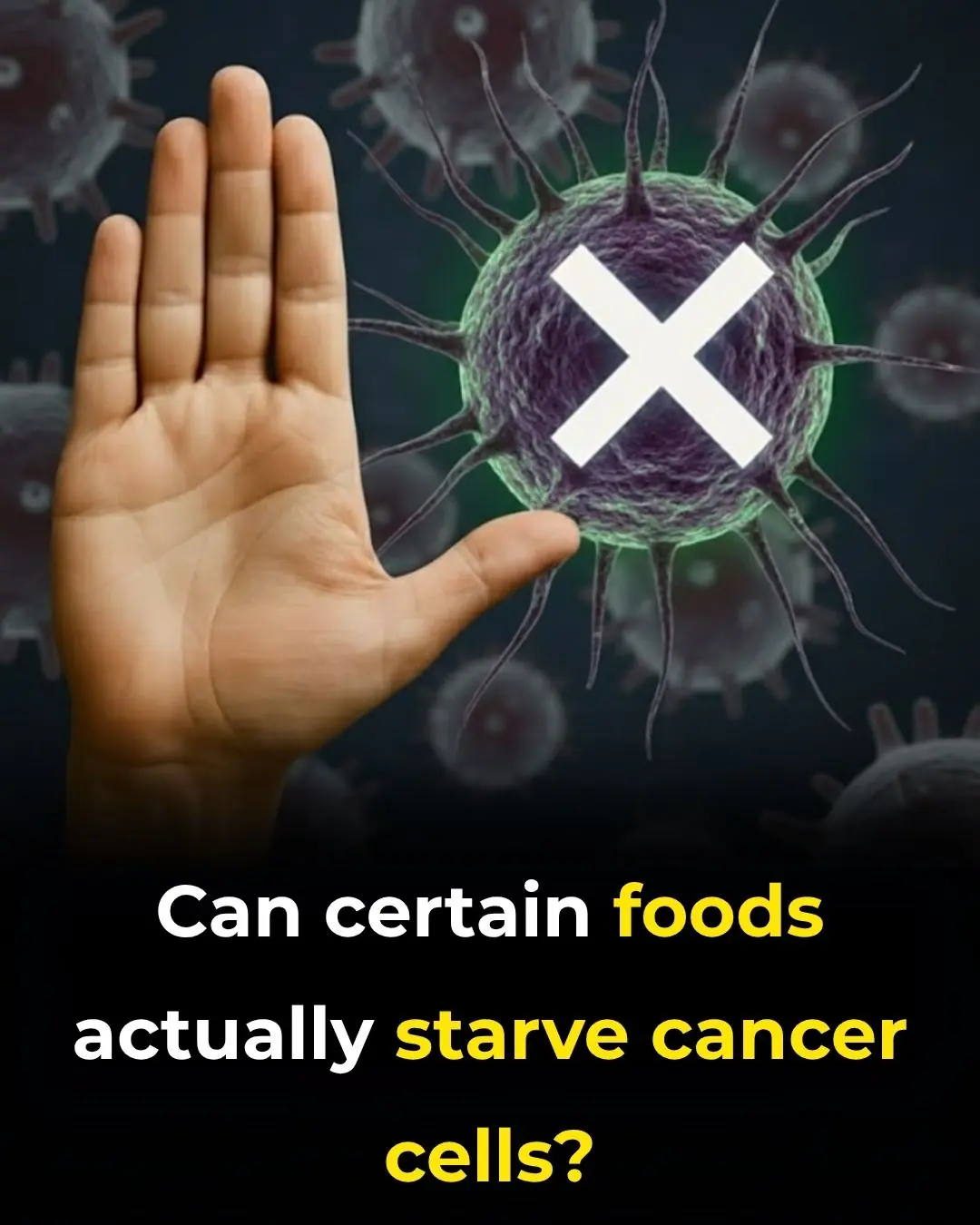
Starve cancer cells: the ultimate guide to foods that fight and feed cancer
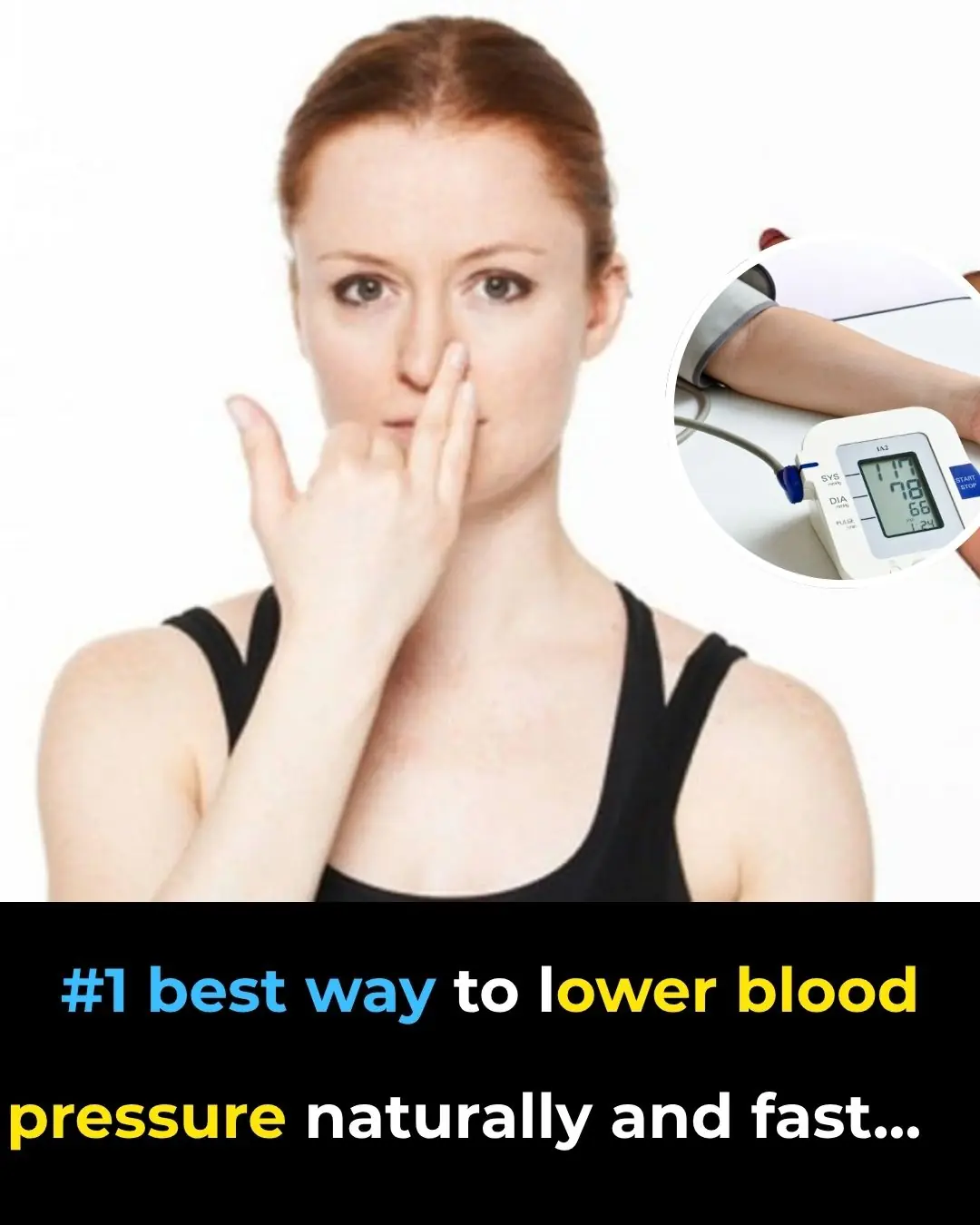
#1 Best Way to Lower Blood Pressure Naturally and Fast
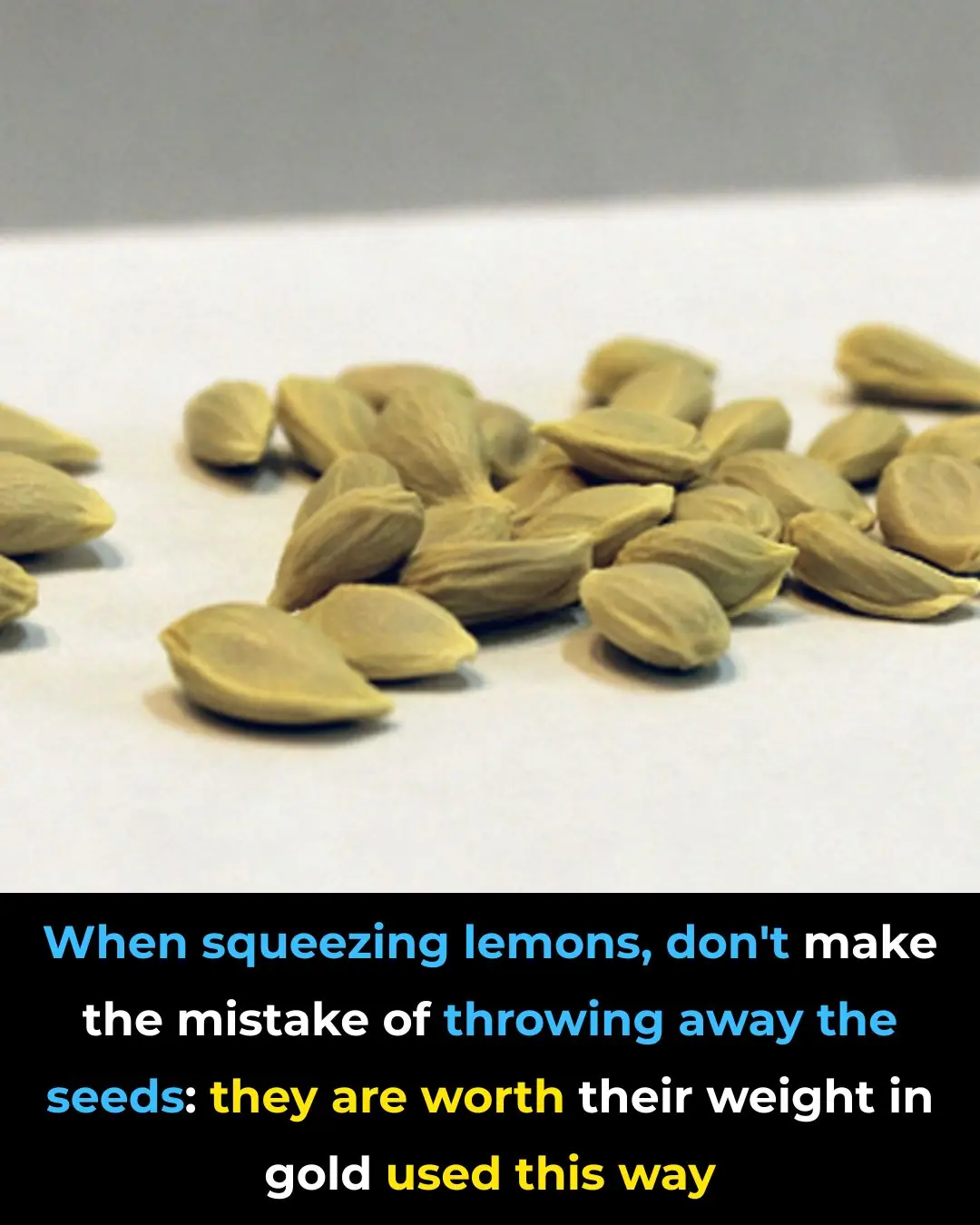
🍋 Don’t Throw Away Lemon Seeds & Peels — Here’s How to Use Them Safely
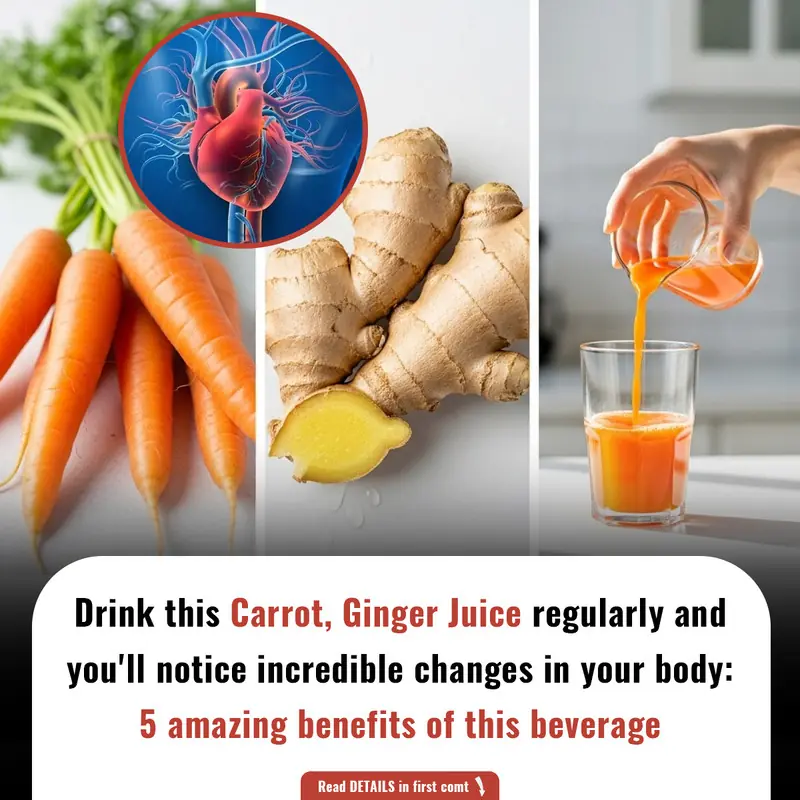
Carrot, Ginger Juice Recipe Drink this regularly and you'll notice incredible changes in your body: 5 amazing benefits of this beverage 👇
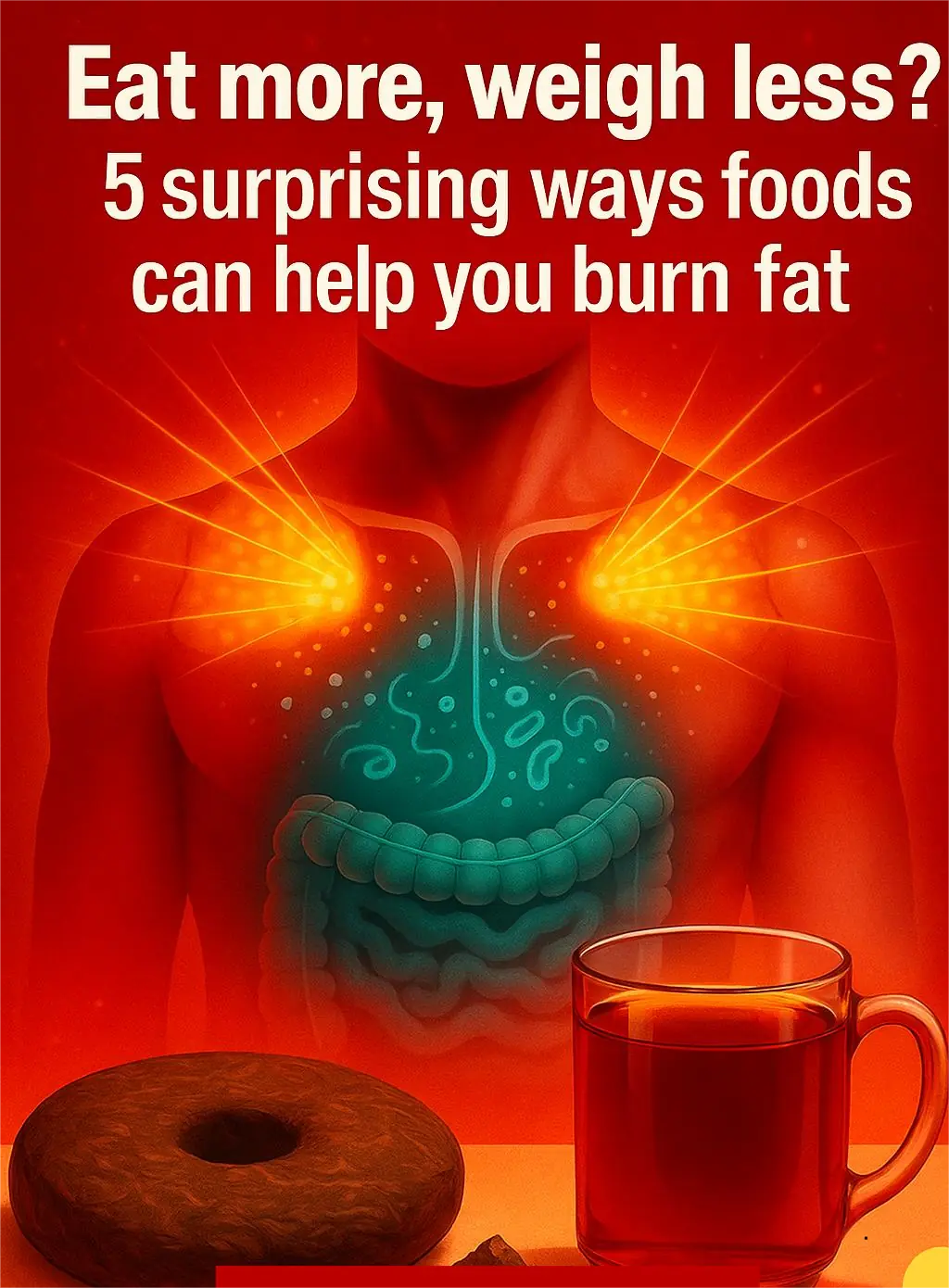
Eat more, weigh less? 5 surprising ways foods can help you burn fat

What really happens to your body when you take LOSARTAN
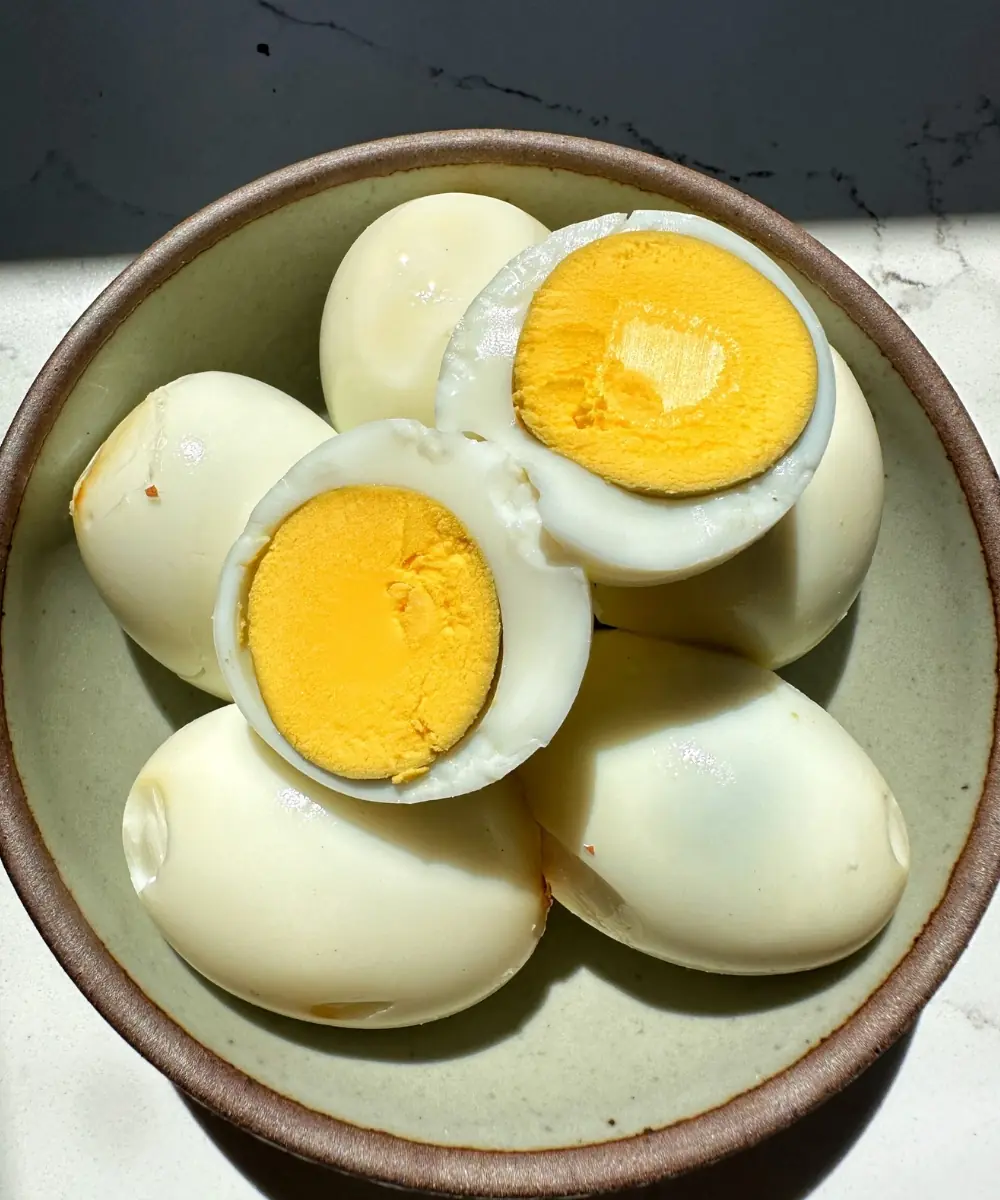
Stop Eating Eggs Immediately If Your Body Shows These 8 Signs
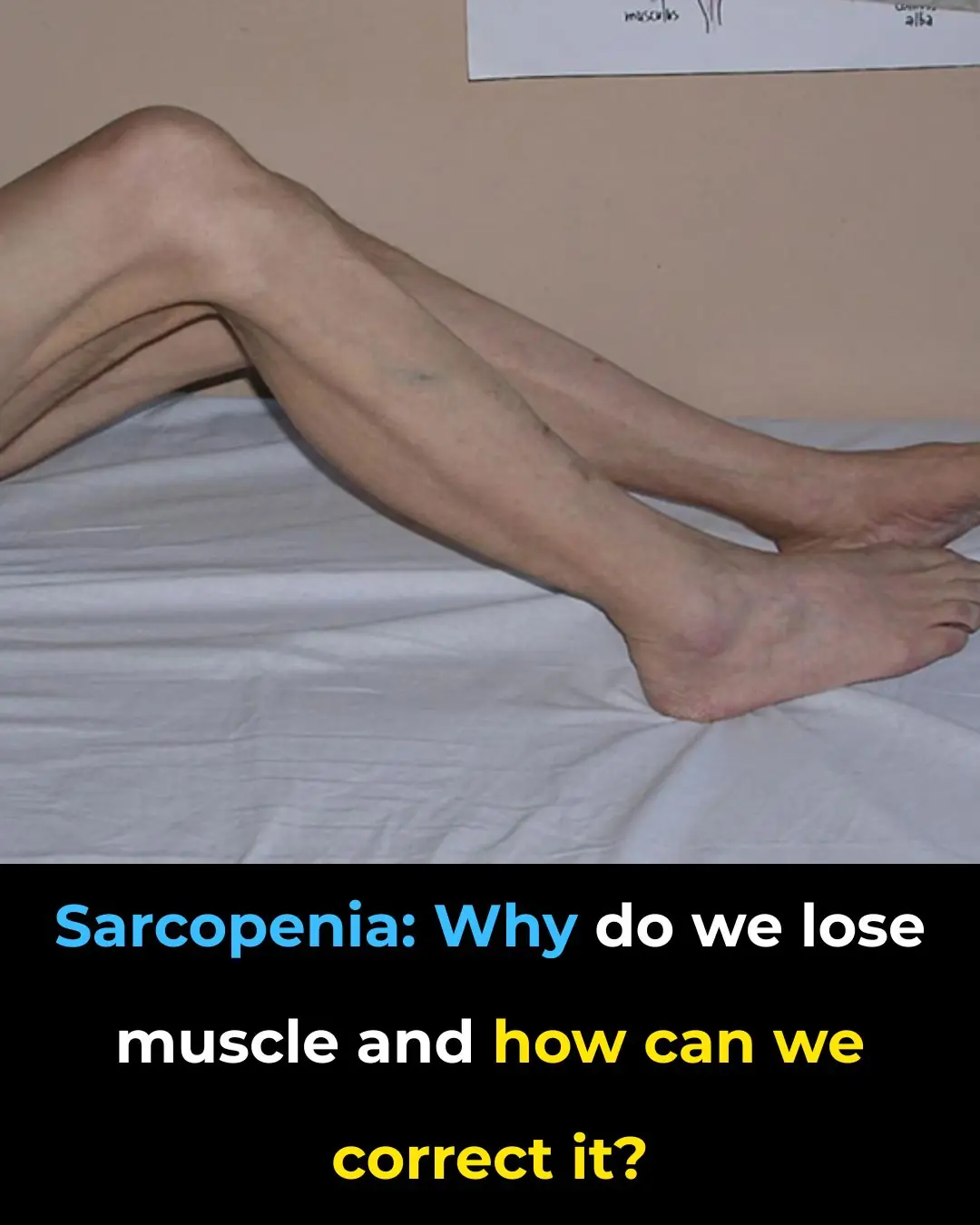
Sarcopenia: Causes of Muscle Loss and How to Regain Strength
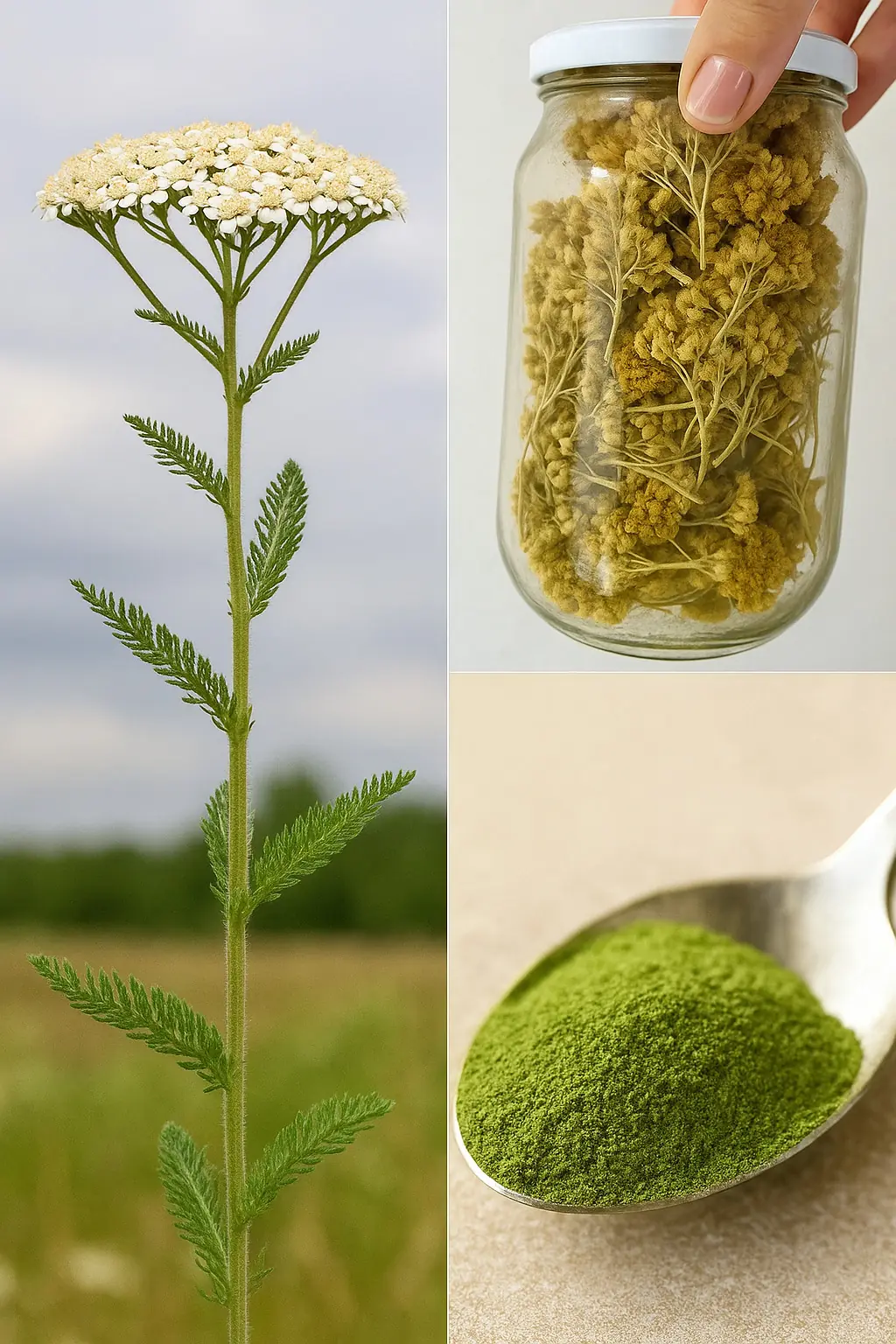
Yarrow: A Timeless Herbal Ally with Amazing Health Benefits
News Post

‘They Described a Man I Never Met’: Comedian Roy Wood Jr. Tells Shannon Sharpe He Learned To Love Watching How His Absent Dad Treated Another Family

This Brewery Is The Only Black-Owned Brewery In New York Brewing Its Beer On-Site

Joseph Deng Makes History as First Player From South Sudan to Sign a Professional MLB Contract

Meet The Specks, the Black Brother-Sister Duo Who Invented the Potato Chip

Meet Mr. & Mrs. Grady, Owners Of North Carolina’s Only Black-Owned Whole Hog Barbecue Smokehouse

Negro History Week: Here’s the True Story Behind Black History Month

Buckingham Palace statement in full as King Charles removes Prince Andrew’s title

Has the Bermuda Triangle Mystery Finally Been Solved

Put the entire roll of toilet paper in the refrigerator

4 Types of Shoulder Pain That May Signal Dangerous Cancer — Don’t Mistake Them for Simple Joint Problems

6 Body Parts That Turn Black May Signal Cancer — Don’t Ignore Them
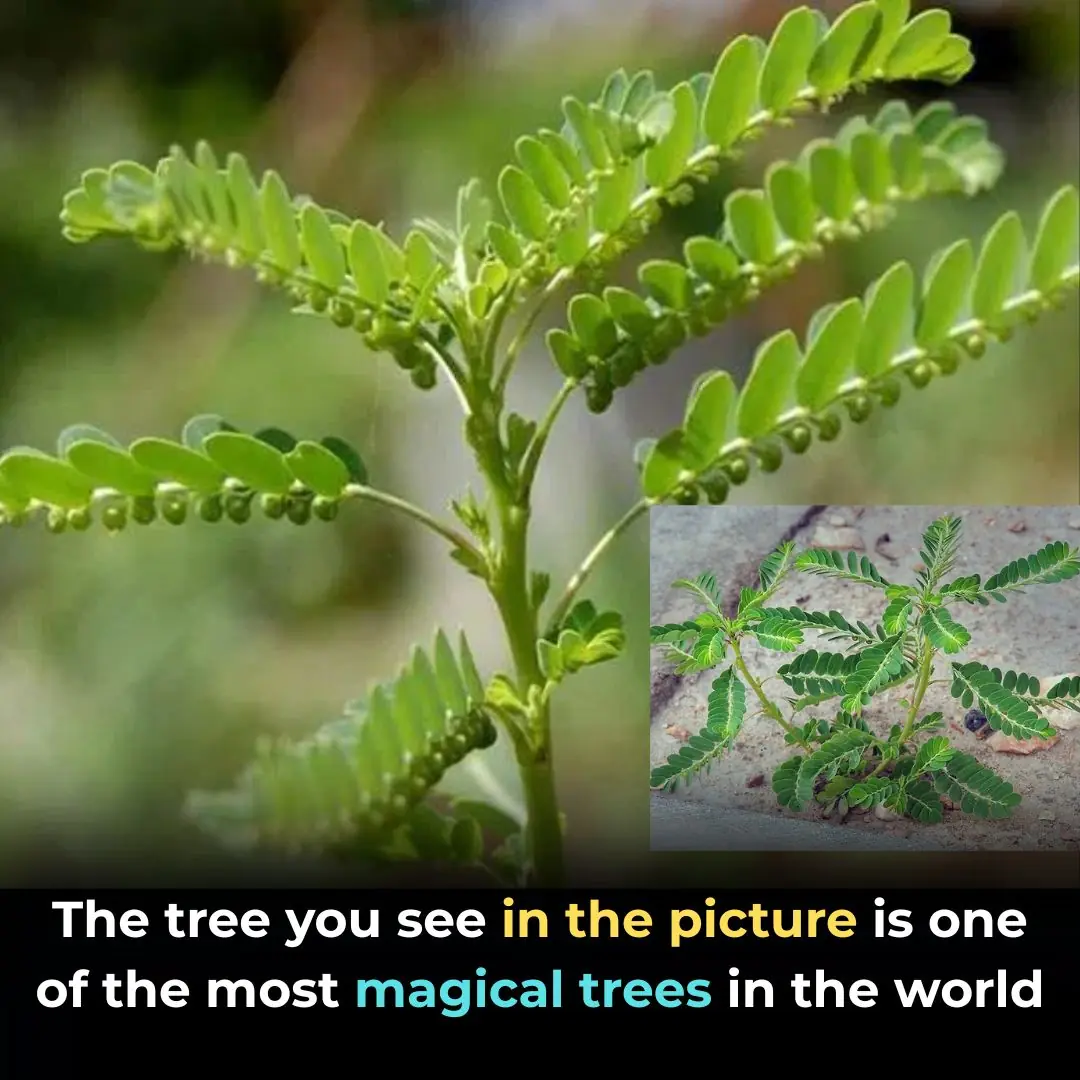
Serrated Leaf Motherwort: A Precious Herb with Many Benefits
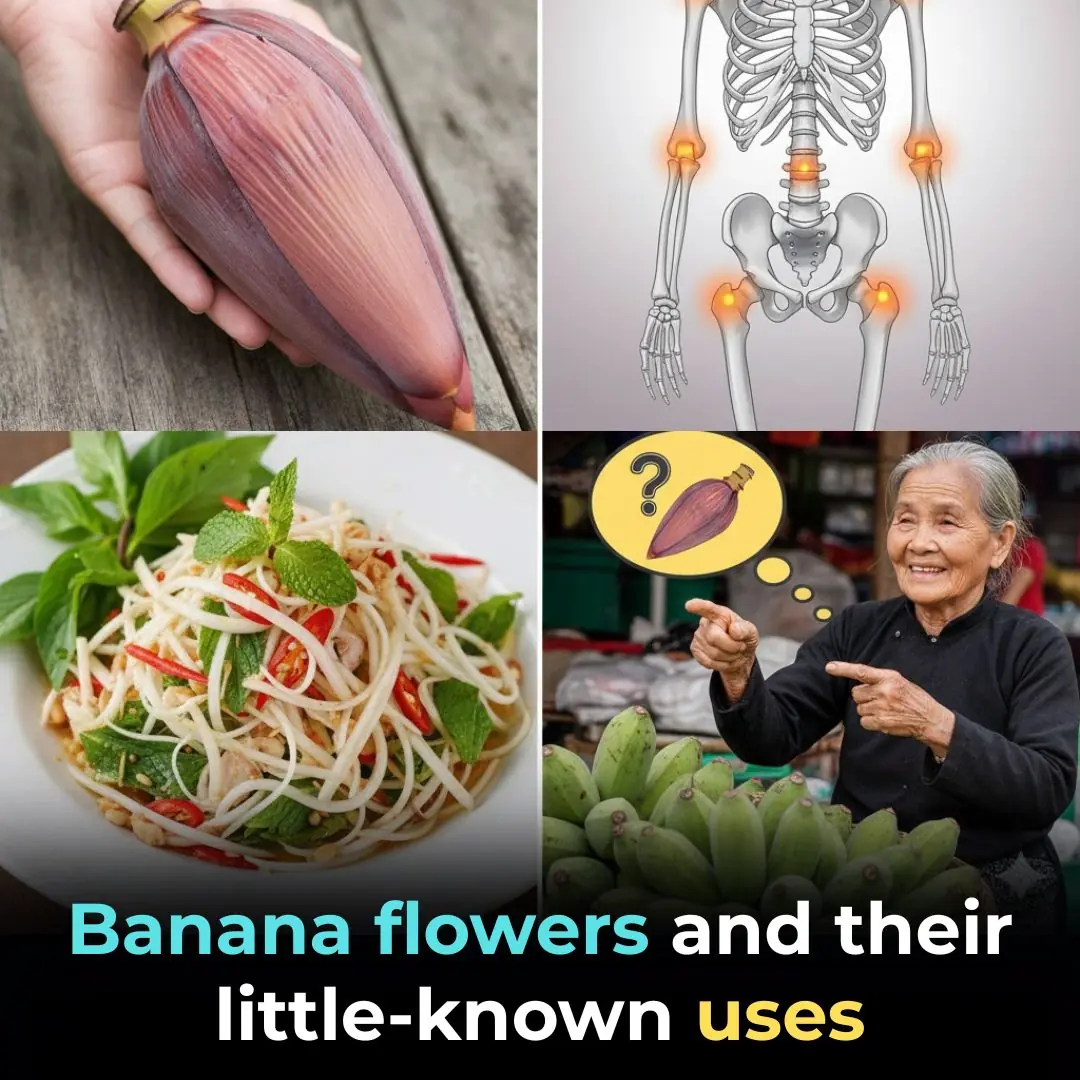
Banana flowers and their little-known uses
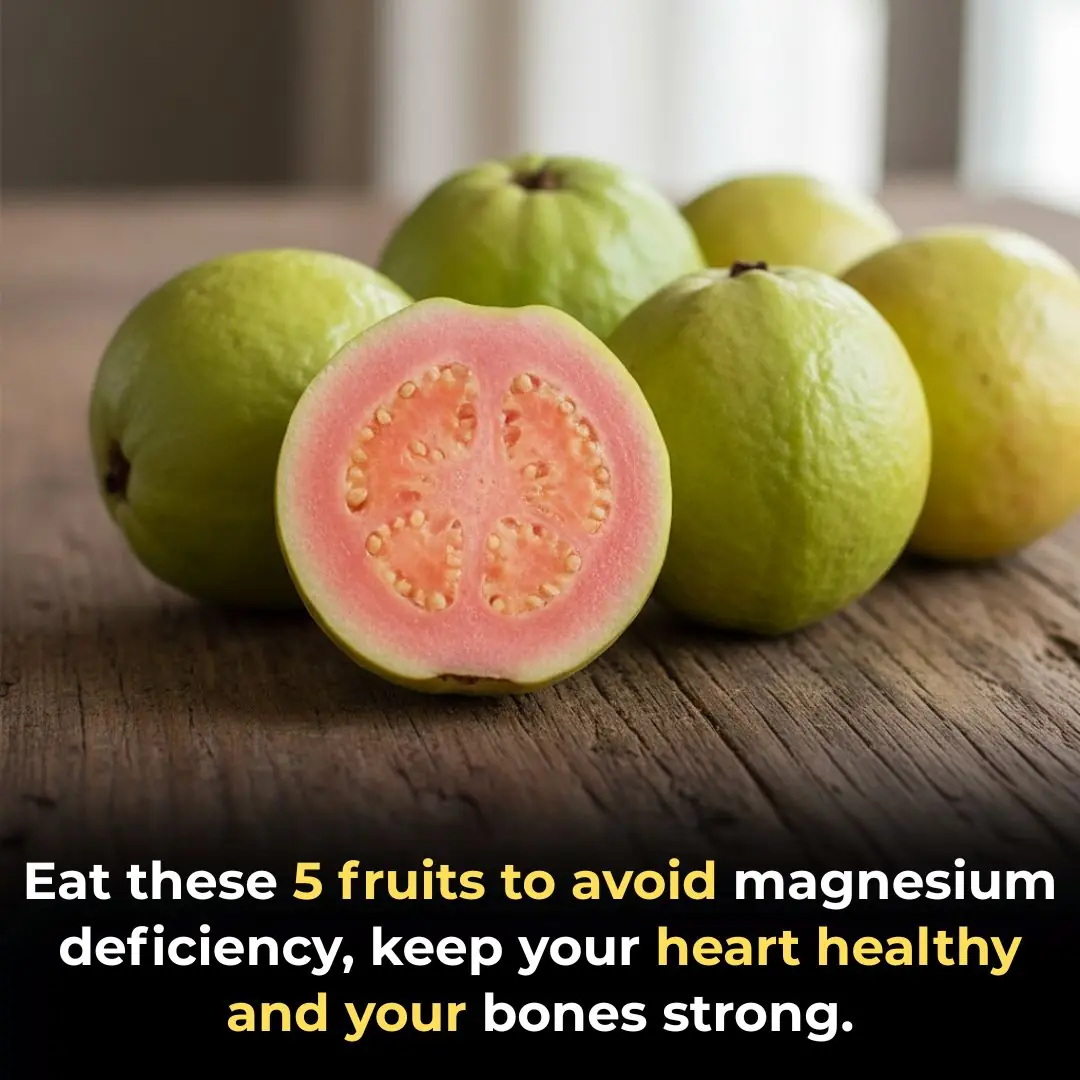
Eat these 5 fruits to avoid magnesium deficiency, keep your heart healthy and your bones strong.

The Amazing Power of Caesalpinia pulcherrima (Peacock Flower)

Corn Silk: 30 Health Benefits and How to Use It

Turmeric Dosage: How Much You Actually Need for Arthritis, Cancer, and Other Diseases

Better Than Medicine? The Shocking Truth About Dates & Blood Sugar!
